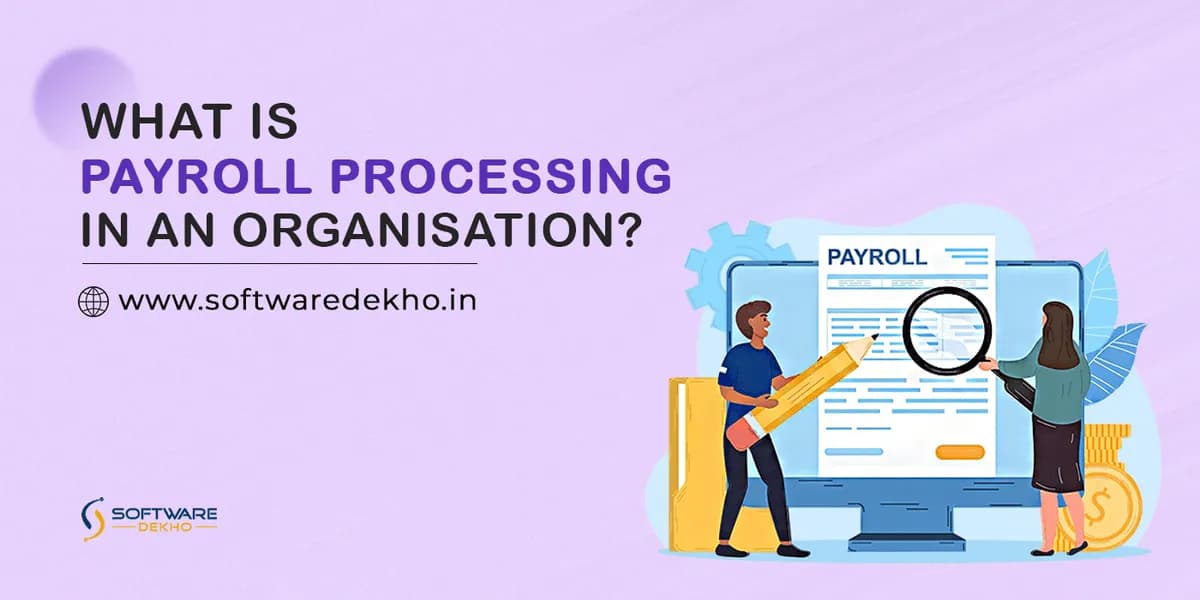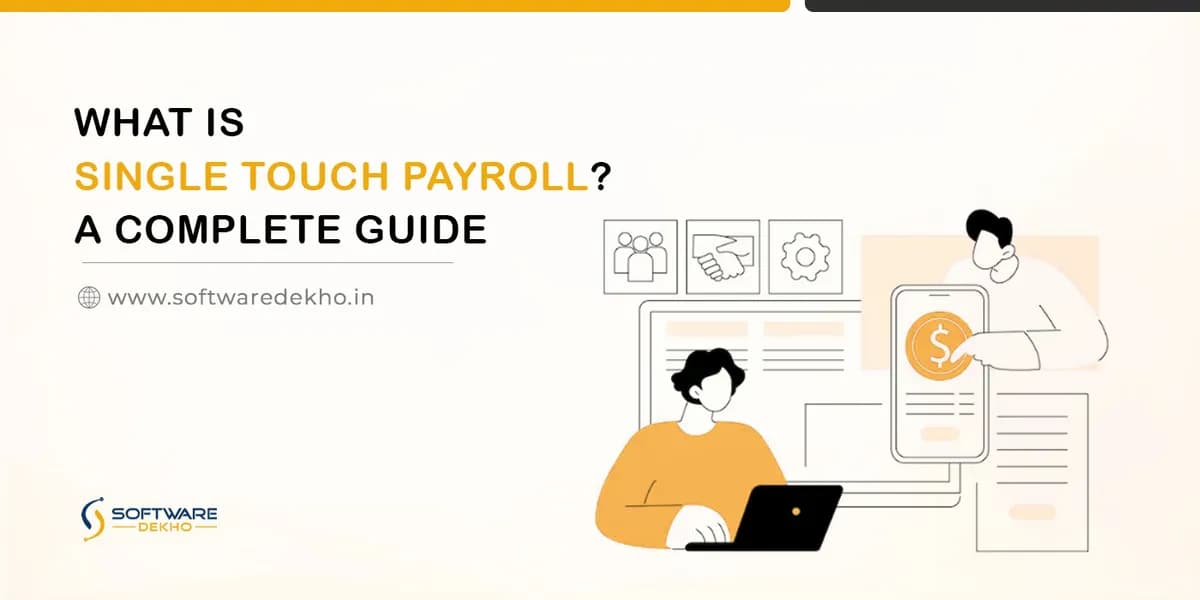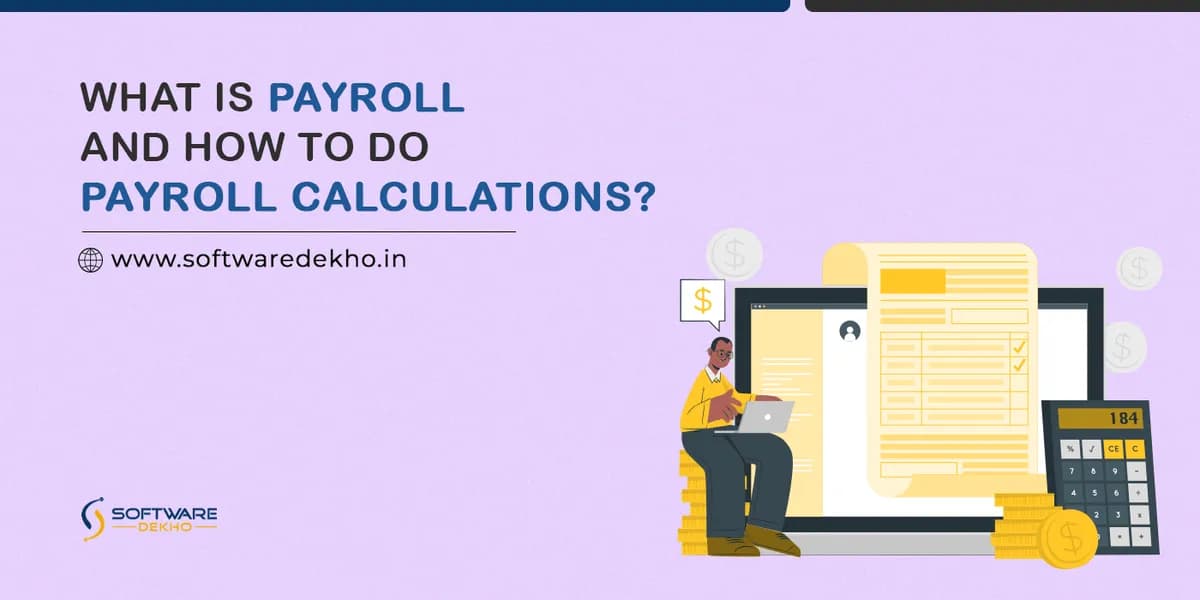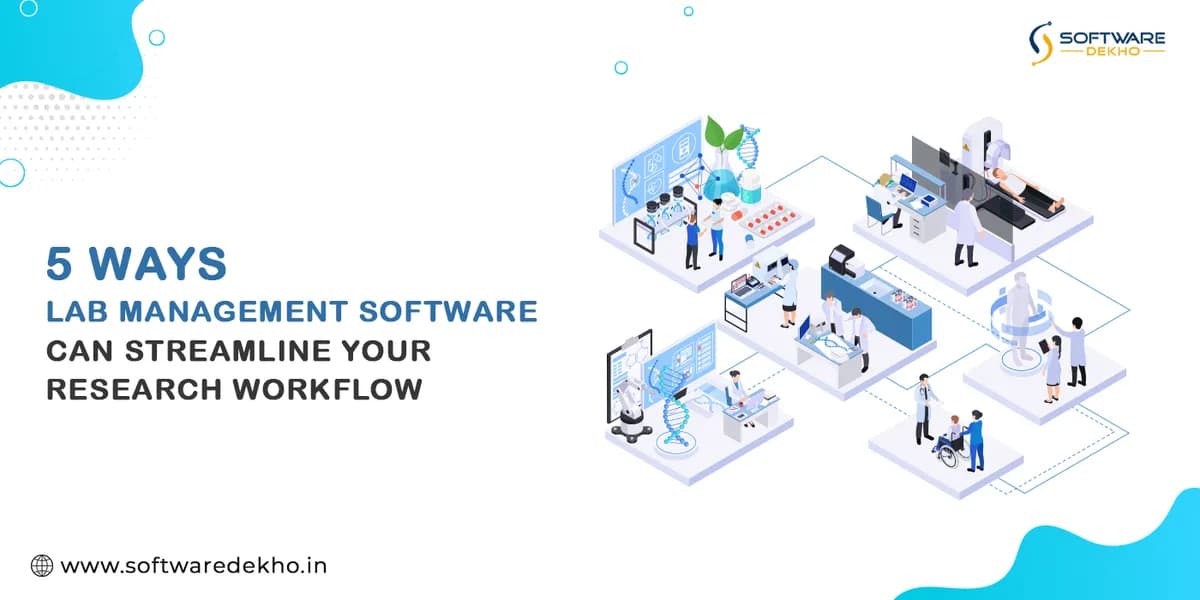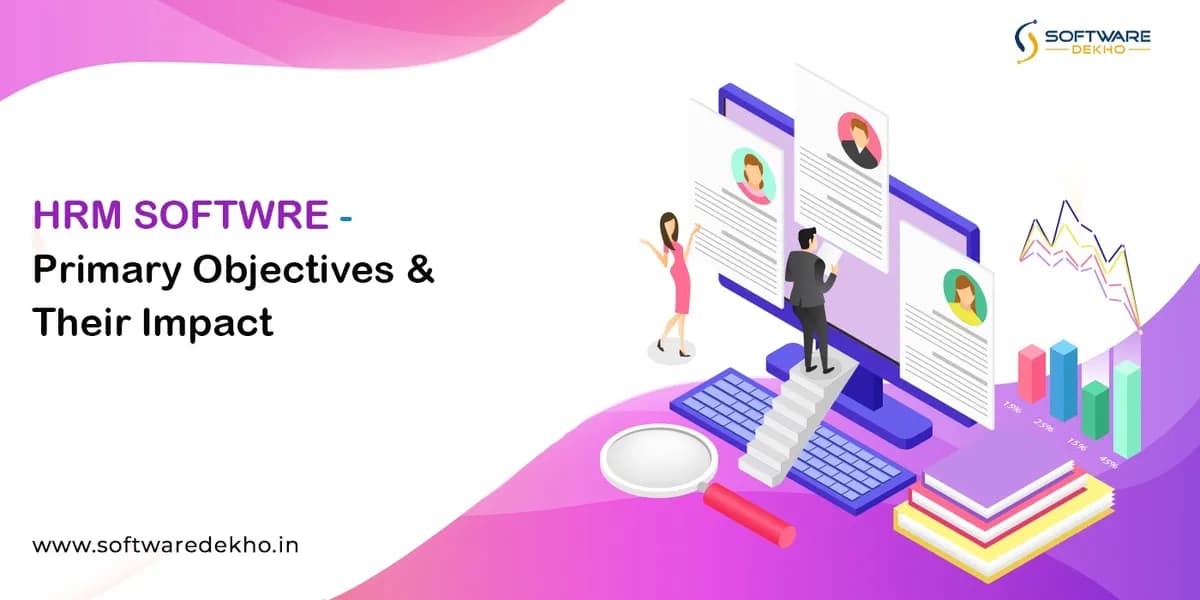What is Payroll Processing in an Organisation?
Payroll processing is an essential part of an organization's complicated ecosystem. It ensures that employees are compensated accurately and on schedule. This seemingly simple task, however, entails an extensive number of linked steps, complex rules, and several considerations.
Exploring this process further discusses its importance inside HR departments, as well as its significant impact on both people and businesses.
What is Payroll Processing?
The payroll process is a phased procedure that progresses through several important stages, including employee information, time and attendance calculations, and expense, and reimbursement calculations, among others. Let's delve into payroll process steps:
Gathering Information:
Accuracy is essential during the first stage of Payroll Processing as we collect exact information about every employee, including their salary, bonuses, and any deductions like taxes. Whether they prefer regular or direct deposits, we also record the preferred payment method.
Timekeeping:
This stage meticulously tracks the time employees spend working, ensuring fairness and accuracy in compensation. This can be done through manual methods like clocking in and out, submitting timesheets, or utilizing software that automatically tracks hours worked. Implementing accurate and reliable timekeeping systems is crucial for organizations with diverse work schedules, remote employees, or complex shift patterns.
Calculating Earnings:
Based on the collected data, gross pay is determined. This involves multiplying the employee's hourly wage by the total hours worked, or calculating their salary for the pay period, factoring in any bonuses earned. Organizations may also need to consider overtime pay calculations, shift differentials, and other factors that can impact earnings.
Deductions and Withholdings:
A very important step involves calculating and withholding mandatory deductions from the gross pay. These deductions typically include taxes like income tax and social security, as well as any other employee-elected contributions towards benefits like health insurance or retirement plans. This is when it becomes crucial to manage the complexities of tax legislation and guarantee compliance. To avoid mistakes and fines, it's essential to be informed about changes to tax brackets, contribution caps, and other restrictions.
Net Pay Calculation:
After accounting for all deductions and withholdings, the net pay is determined. This is the final amount that the employee receives after all necessary adjustments have been made, representing their take-home pay. Ensuring accurate net pay calculations is critical for maintaining employee trust and avoiding potential disputes.
Payment Disbursement:
Finally, the much-anticipated moment arrives – employees receive their earned compensation through various methods. Direct deposit has become the most common method nowadays, followed by traditional paychecks or prepaid cards. Ensuring timely and secure disbursement is crucial for employee satisfaction and maintaining trust. Organizations may also need to consider international payment options for employees working remotely in different countries.
Recordkeeping:
It is critical to keep thorough records of the entire payroll procedure. This ensures transparency, facilitates audits, and allows for easier reconciliation in case of discrepancies. Accurate and comprehensive records are essential for regulatory compliance and resolving any potential issues. Electronic recordkeeping systems can streamline this process and ensure data security.
The Role of HR in Payroll Management
The complex work of company payroll processing is closely monitored and managed by HR departments. They act as the conductors, ensuring each step is executed accurately, efficiently, and in compliance with regulations. Their responsibilities encompass a wide range of tasks:
Data Management:
Ensuring that employee data is current and correct is essential for efficient payroll process in HR management. HR ensures this data is readily available and updated regularly to avoid errors and discrepancies. This may involve managing onboarding processes, terminations, and any changes in employee information that could impact their pay.
Compliance with Regulations:
It is important to understand how to navigate the complicated web of labor rules and tax laws. HR stays informed about any regulation changes and ensures the organization adheres to all relevant requirements, mitigating the risk of penalties and legal issues. This may involve staying updated on minimum wage changes, overtime regulations, and tax reporting requirements.
Resolving Discrepancies:
Addressing any errors or issues related to employee pay, such as incorrect deductions or missed payments, falls within HR's purview. They investigate discrepancies, communicate effectively with employees, and implement corrective measures to ensure accurate compensation. This may involve researching the cause of the error, communicating with relevant departments, and providing timely updates to employees.
Benefits Administration:
HR often oversees the management of employee benefits like health insurance, retirement plans, and other contributions. These benefits can be integrated with the payroll process, streamlining administration and ensuring timely deductions and contributions. HR may also need to communicate benefit options to employees, answer their questions, and handle any issues related to benefit enrollment or claims.
Benefits of a Good Payroll System
A well-implemented and efficient payroll process provides a multitude of advantages for both organizations and their employees, fostering a positive and mutually beneficial work environment.
Enhanced Employee Morale:
Accurate and timely pay significantly contributes to employee satisfaction and morale, motivating employees and fostering a sense of trust and security within the organization. Knowing they are being compensated fairly for their efforts enhances the overall work environment.
Reduced Administrative Burden:
HR personnel can free up valuable time and resources by minimizing manual errors and streamlining administrative processes through the automation of payroll tasks.
Improved Compliance:
Adherence to complex tax and labor regulations becomes easier with efficient processes. This mitigates the risk of penalties and legal issues, protecting the organization from potential financial and reputational damage.
Cost Savings:
Significant cost savings in the long run can result from minimizing errors and streamlining processes. This reduces administrative overhead, eliminates the need for manual data entry and reconciliation, and minimizes the risk of fines for non-compliance. Additionally, efficient payroll systems can help organizations optimize labor costs by identifying and addressing inefficiencies in scheduling and overtime practices.
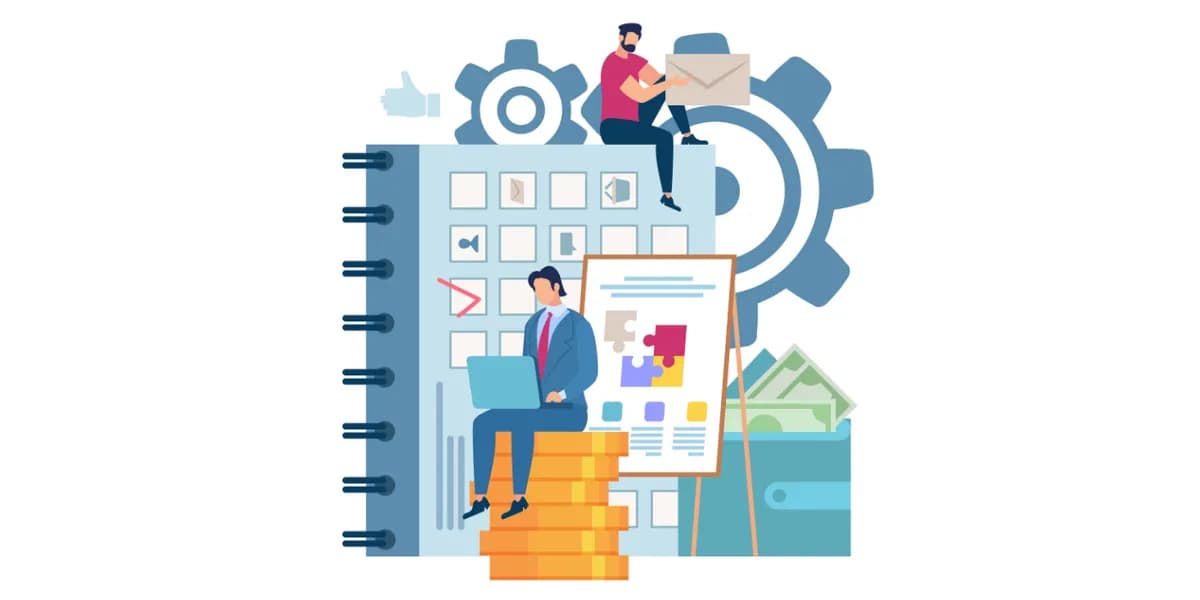
Considerations for a reliable Payroll System
To create a system that is both genuinely robust and flexible, organizations need to look beyond the basic elements of payroll processing as they navigate the intricacies of today's business environment. Here are a few more things to think about:
Security:
The security of private employee data, particularly financial data, is important. Having strong security measures, such as encryption and access controls, is essential to preventing unauthorized access and data breaches.
Scalability:
As organizations grow and evolve, their payroll needs may change. Choosing a scalable payroll system that can accommodate future growth and adapt to changing requirements is essential.
Integration:
Integrate payroll with other HR systems like timekeeping, benefits administration, and talent management software to streamline workflows, improve data accuracy, and enhance overall HR efficiency.
Reporting and Analytics:
Robust reporting and analytics capabilities can provide valuable insights into workforce trends, compensation costs, and potential areas for optimization. This data can inform strategic decision-making and improve overall payroll management.
Getting your paycheck on time might seem like a simple thing, but there's a lot that goes on behind the scenes to make it happen. This process, called payroll processing, is like the heart of an organization, keeping everything running smoothly.
Even though it might not be the most exciting topic, understanding why payroll is important can help everyone appreciate its value. Here's why:
- Happy Employees: Receiving your paycheck on time and accurately is essential for feeling secure and valued in your job. It allows you to pay bills, buy groceries, and plan for the future without worry.
- Smooth Operations: Like a well-oiled machine, a seamless payroll system keeps the organization running efficiently. It helps avoid errors, saves time, and ensures everyone gets paid correctly.
- Following the Rules: There are many laws and regulations around how employees are paid. A good payroll system makes sure the organization follows these rules, avoiding any legal trouble.
- Building Trust: When employees know they can rely on getting paid accurately and on time, it builds trust and strengthens the relationship between them and the organization.
Remember, a well-functioning payroll processing system is more than just about numbers. It's about creating a positive work environment, keeping everyone happy, and ensuring the organization runs smoothly. So next time you receive your payment, take a moment to appreciate the invisible work that goes on behind the scenes to make it happen!
You must conduct thorough research and read user reviews to choose the best software for your needs. So, take a look at our website to understand better!
